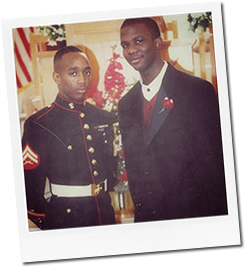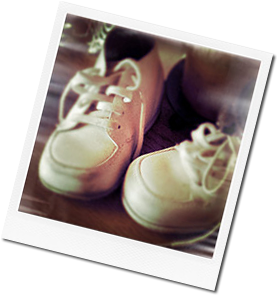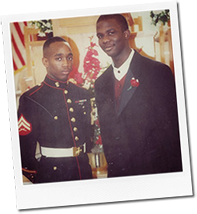“House Calls has really been a blessing. They’re my partners. Katherine, my first nurse, then Meredith, and now Susanna — I’ve loved them all.”
Maureen Peterson stops midsentence and squeezes her eyes shut. She lifts a hand to her chest and harmonizes with the radio, letting a long, soulful note hang in the air before continuing.
“Susanna, she’s always fussin’ at me,” Peterson said.
As her nurse practitioner, Susanna Payne visits the Richmond, Va., home Peterson shares with her husband and caregiver, Harry, every two weeks for a physical exam. She takes Peterson’s vital signs, listens to her breathing, checks how much fluid she’s retaining, reviews her medications and diet, and examines her legs and feet, especially the ankle she broke, which, until recently, had kept Peterson bedridden for a year and eight months with only her stuffed animals to keep her company some days.
At a clinic, Payne said, she might get to spend 15 minutes with Peterson, but through the VCU House Calls program, which has provided primary care for more than 5,000 homebound patients over the past 25 years, Payne may spend half an hour or more with a patient like Peterson and be far more effective at maintaining her in a stable condition.
“House Calls has really been a blessing,” Peterson said. “They’re my partners. Katherine, my first nurse, then Meredith, and now Susanna — I’ve loved them all. I still text them and let them know I’m thinking about them, because I do. I think about them a lot.”
Peterson has been with House Calls for four years and said that before she enrolled in the program, the burden of her care was beginning to take its toll.
At 57, Peterson has suffered three heart attacks and lives with serious chronic conditions, including congestive heart failure, pulmonary and essential hypertension, coronary artery disease, peripheral vascular disease, anemia, asthma and diabetes. Before House Calls, these conditions required numerous emergency hospitalizations and clinic appointments, which not only increased the cost of Peterson’s care, but also the hardship on herself and her husband to meet the demands of obtaining that care.
Now, however, Payne manages Peterson’s conditions through comprehensive planning and eliminates many of those hospital and clinic appointments by making home visits.
“That really takes a lot off your mind,” Peterson said. “You don’t have to ask, is the van going to show up on time or come at all? Or, where am I going to get $2 for parking? I know that may not seem like a whole lot of money, but it’s a lot when you don’t have it.”
For Peter Boling, M.D., professor of medicine and chair of the Division of Geriatric Medicine, who started and still leads the House Calls program, the keys to the program’s success involve timely access, better understanding of the patient and comprehensive medical management.
“By going to these patients, you make it much easier for them to have the care that they need,” he said, adding that, with safely managed conditions comes the potential for fewer ambulance rides, fewer ER visits and billions of dollars in cost savings each year.
With that in mind, Boling and several colleagues worked with members of Congress to help craft the Independence at Home Act of 2009, which was included in the Affordable Care Act signed into law in 2010. As a result, the U.S. Centers for Medicare and Medicaid Services has asked the House Calls program, in collaboration with similar efforts at 19 locations nationwide, to test how effective this approach can be at improving care and reducing health care costs for chronically ill patients over the next three years.
But, as Peterson can attest, treating patients in their homes offers benefits that reach far beyond finances. It allows for greater peace of mind for patient and caregiver, a personal connection with a provider and, above all, a chance at a life where, even in the face of illness, you can still take the time to sing.





